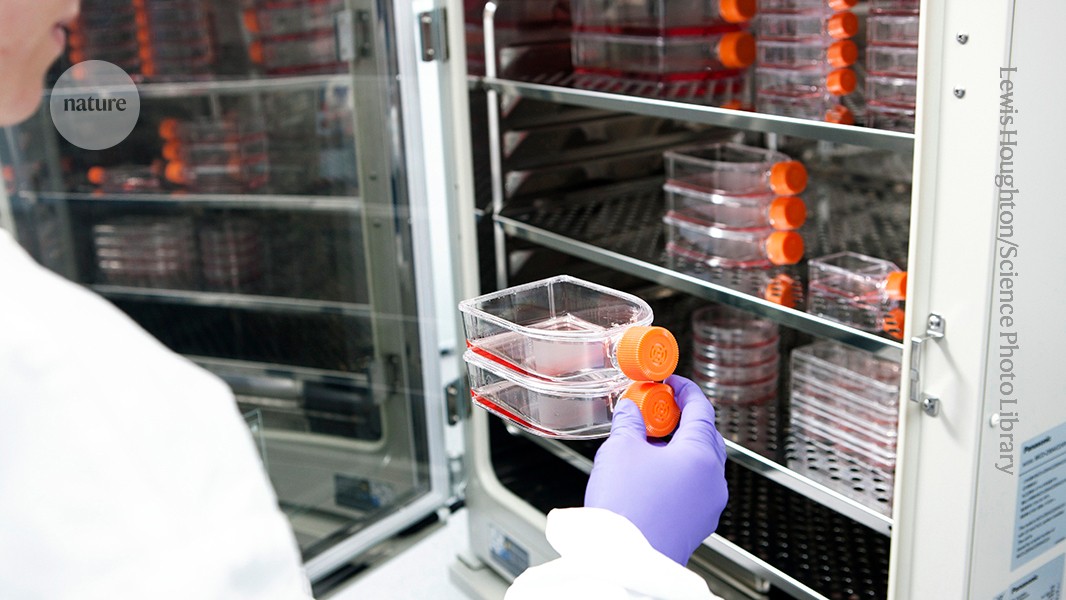
"Such approaches, known as NAMs - short for 'novel alternative methods' or 'new approach methodologies' - remove the ethical problems associated with experimenting on animals. By being able to capture much more human genetic variability than the animal models and cell lines traditionally used in research can, they also promise to identify safe and effective treatments more reliably and at a fraction of the cost."
"Examples of NAMs include: multicellular in vitro systems that mimic the biological and mechanical properties of human organs and tissues; chemical ( in chemico) assessments of the interactions between biological molecules outside a cell or organism; and computational ( in silico) modelling approaches, such as those that predict how molecules will interact. Some governments and regulators worldwide are now pushing for the increased use of NAMs in research, partly because of pressure from animal-rights groups."
Novel alternative methods (NAMs) replace animal models and immortalized cell lines with human-relevant experimental approaches that avoid ethical issues and capture greater human genetic variability. NAMs include multicellular in vitro organ- and tissue-mimicking systems, in chemico chemical interaction assays, and in silico computational modelling of molecular interactions. NAMs aim to identify safer, more effective treatments more reliably and at lower cost. Some regulators and funders are promoting NAM adoption, including FDA moves to reduce animal-testing requirements for certain therapies and an NIH US$87 million award for organoid-standardization. Despite progress, many researchers still face resistance in publishing, grant review, and demands for animal validation.
Read at Nature
Unable to calculate read time
Collection
[
|
...
]